Adapting your routine when you have Asian skin isn't a marketing whim, it's dermatological common sense. Asian phototypes are more likely to have a tendency towards post-inflammatory hyperpigmentation (PIH) and melasma . As a result, anything that irritates (acne, friction, harsh skincare, sun, visible light) can leave a lasting brown spot . The goal of an effective routine is therefore not just to "lighten": it's mainly about preventing inflammation , protecting from UV rays and visible light , and then gently correcting.
This guide offers you a clear method: understand the specifics, identify your priority (melasma, PIH, imperfections), set up a suitable AM/PM home routine , and know which in-office options to favor... without triggering adverse effects.
Specificities & common pitfalls
PIH occurs after a pimple, eczema, abrasive care or even simple repeated rubbing: the skin darkens after the irritating episode. The higher the phototype, the greater the risk of lasting spots. Prevention is based on gentle gestures and a rigorous SPF .
Another key point for Asian skin: visible light (including blue). It can aggravate melasma and certain hyperpigmentations. Screens are not the only culprit: diffuse sunlight, reflections on windows or indoor lighting also contribute. Hence the interest in tinted sunscreens (containing iron oxides ) which protect better from the visible spectrum than a classic untinted screen.
Finally, caution should be exercised with aggressive procedures (IPL, poorly configured lasers, strong peels): they can trigger PIH in Asian phototypes. The operator's " skin of color " experience, the choice of parameters and preparation/photoprotection are essential.
Identify your main concern

Before treating, name the enemy:
-
Melasma : symmetrical brownish patches (cheeks, forehead, upper lip), variable depending on hormones and exposure.
-
PIH : post-pimple or post-irritation spots, often punctate or in streaks.
-
Persistent imperfections : micro-inflammations, comedones, irregular texture which maintains PIH.
In case of doubt, a professional diagnosis (dermatologist) refines the plan: epidermal vs. dermal melasma, role of visible light, hormonal factors, associated eczema/dermatitis, etc.
Daily Routine - Home Protocol
Morning (AM)
-
Gentle cleanser (non-stripping gel/milk) to preserve the barrier.
-
Antioxidant : vitamin C (stable derivatives) for radiance and pigment regulation or niacinamide if reactive/oily skin (sebum, redness, tolerance).
-
Broad spectrum SPF 50+ sunscreen , ideally tinted (iron oxides) to also protect from visible light . Reapply every 2-3 hours in case of exposure or use a tinted cushion /stick for touch-ups.
Evening (PM)
-
Double gentle cleansing if makeup/sunscreen (balm/milk then aqueous gel), otherwise one cleansing is sufficient.
-
Targeted asset according to need :
-
Azelaic acid 10-15% : Post-acne PIH, redness, sensitive skin.
-
Tranexamic acid 2-5% : recalcitrant melasma/PIH for maintenance.
-
Progressive retinoid (retinal, adapalene) 2-3 nights/week to stimulate renewal and smooth texture.
-
-
Unscented moisturizer (ceramides/glycerin) to strengthen the barrier.
Hydroquinone : useful for melasma/PIH but only in medically supervised treatments (treatment windows, withdrawal, strict photoprotection).
Exfoliation & “Asian-friendly skin” active ingredients
When it comes to exfoliation, think gentleness and regularity :
-
Mandelic acid (large molecule AHA) or lactic acid : 1-3×/week depending on tolerance. Their slower penetration limits irritation.
-
Salicylic acid (BHA) alternately if acne/visible pores: it unclogs deeply and helps with post-pimple PIH, provided it remains gradual .
Avoid over-exfoliation (mechanical or accumulation of acids), especially if you are already using a retinoid : more is not better.
What works in the office (with caution)

-
Superficial peels (mandelic, salicylic, low percentage glycolic) in spaced series : effective on acne and PIH , with a good tolerance profile on Asian skin if the preparation, parameters and photoprotection are controlled.
-
Low fluence pigment lasers ( Nd:YAG 1064 nm , sometimes pico ): useful for refractory melasma and dermal pigment. The setting must remain conservative , with eye protection and maintenance protocol (SPF, antioxidants, topicals).
-
Combined plans (topicals + peels ± laser) often give superior and more lasting results, provided there is long-term monitoring and prevention (tinted SPF).
Mistakes to avoid
-
Rubbing/scratching pimples or “popping” them: this is the best way to make PIH .
-
Accumulation of acids/retinoids and concentrated home peels: irritation → rebound pigmentation.
-
Lemon/DIY recipes : irritant, photosensitizing.
-
Insufficient SPF (too little quantity, no touch-ups) or non-tinted sunscreen in cases of melasma/PIH sensitive to visible light.
Typical routines (ready-to-use examples)
1) Post-acne PIH goal
-
AM : gentle cleanser → vit C → SPF 50+ tinted .
-
PM : double cleansing → azelaic (or niacinamide if very sensitive skin) → moisturizer; add retinoid 2-3 nights/week.
-
Plus : mandelic peel 1×/week if well tolerated.
2) Melasma objective
-
AM : cleanser → SPF 50+ tinted (strict re-touching) ± niacinamide.
-
PM : tranexamic acid serum ± niacinamide ; progressive retinoid if tolerated.
-
If unsuccessful : series of gentle peels then low fluence Nd:YAG 1064 by an expert.
3) Reactive skin
-
AM : milky cleanser → niacinamide → tinted SPF 50+ .
-
PM : gentle cleanser → azelaic 2-3 evenings/week → barrier moisturizer; introduce the retinoid very slowly (1 evening/week then +1/week).
Conclusion
Taking care of Asian skin is based on three pillars: preventing inflammation , protecting (UV and visible light), then gradually correcting . A well-thought-out home routine (niacinamide, vitamin C, azelaic, retinoid) and daily tinted photoprotection already put you on the right track.
For stubborn spots, superficial peels and, if necessary, a low-fluence 1064 Nd:YAG from a “skin of color” practitioner allow you to go further safely. Consistency pays off: it’s better to go slowly… butwithout PIH .
Want a more even complexion, safely? Book your personalized consultation at SSSKIN in Lausanne or Geneva and leave with an AM/PM routine and a customized skincare plan.
FAQ
Do you need daily SPF if you have dark skin?
Yes. SPF protects against UV rays and, in tinted form, helps against visible light , two major causes of melasma and PIH.
Which acid is the mildest?
Mandelic is often better tolerated (slow penetration). Lactic is another “soft” option.
Is laser safe on Asian skin?
Yes, if you choose conservative parameters (e.g. Nd:YAG 1064 low fluence ) and a practitioner experienced in Asian phototypes .
Does Tranexamic Acid (TXA) Really Help?
Topical and oral data are increasingly solid for melasma ; the oral indication is discussed on a case-by-case, medically.
How long does it take to see improvement?
Allow 8-12 weeks for a pigmentation routine. The procedures accelerate the results, but maintenance (tinted SPF + gentle active ingredients) remains key.

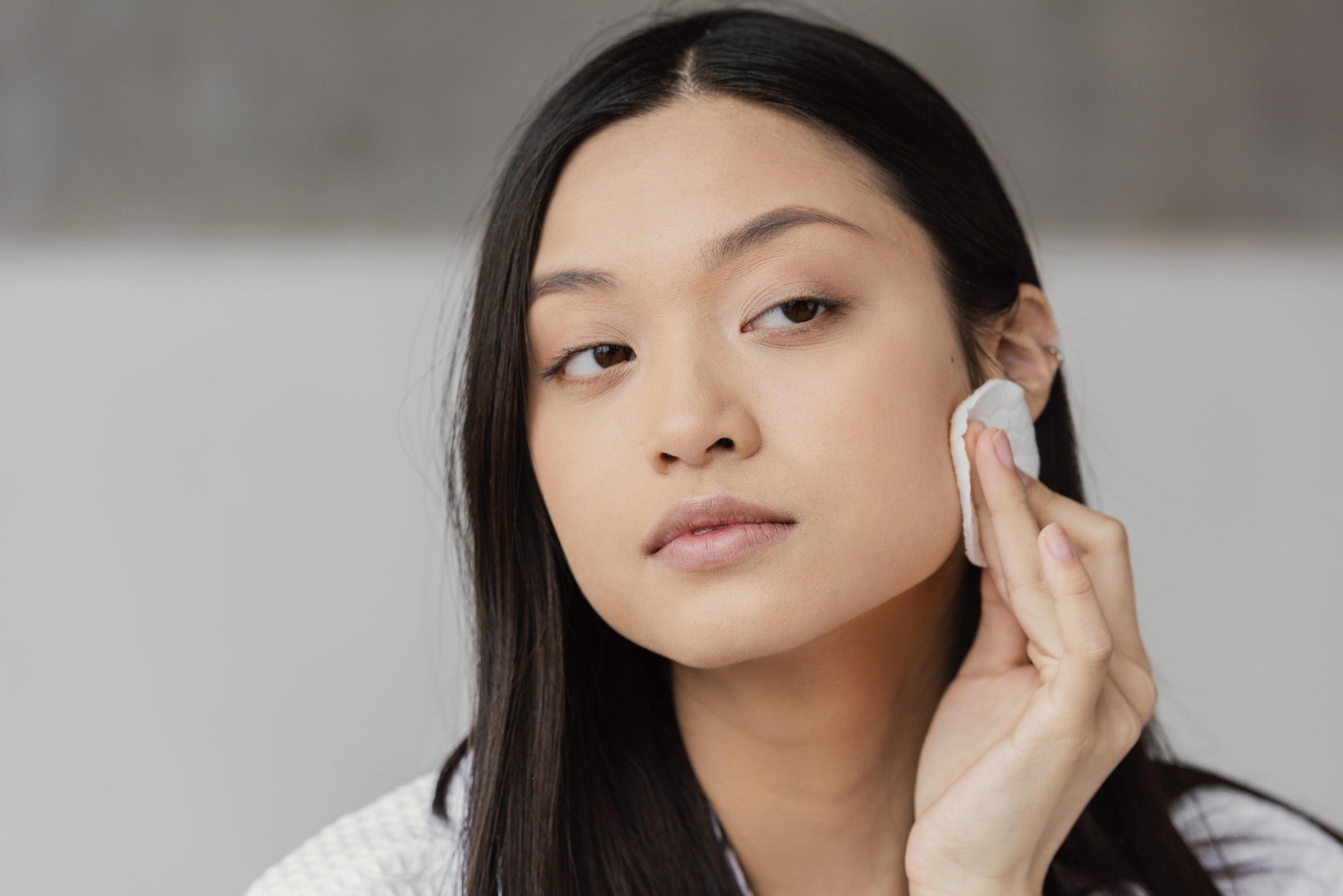

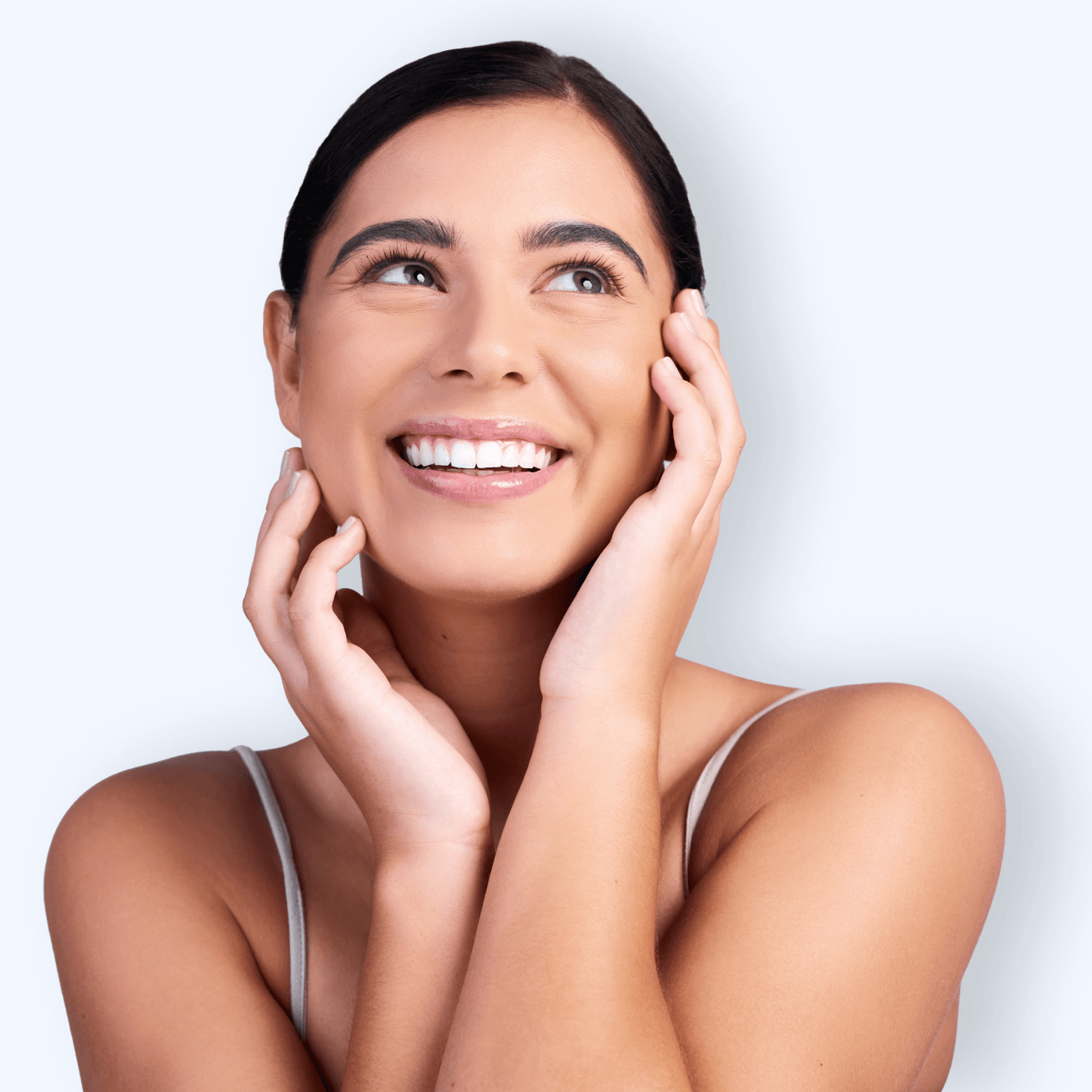
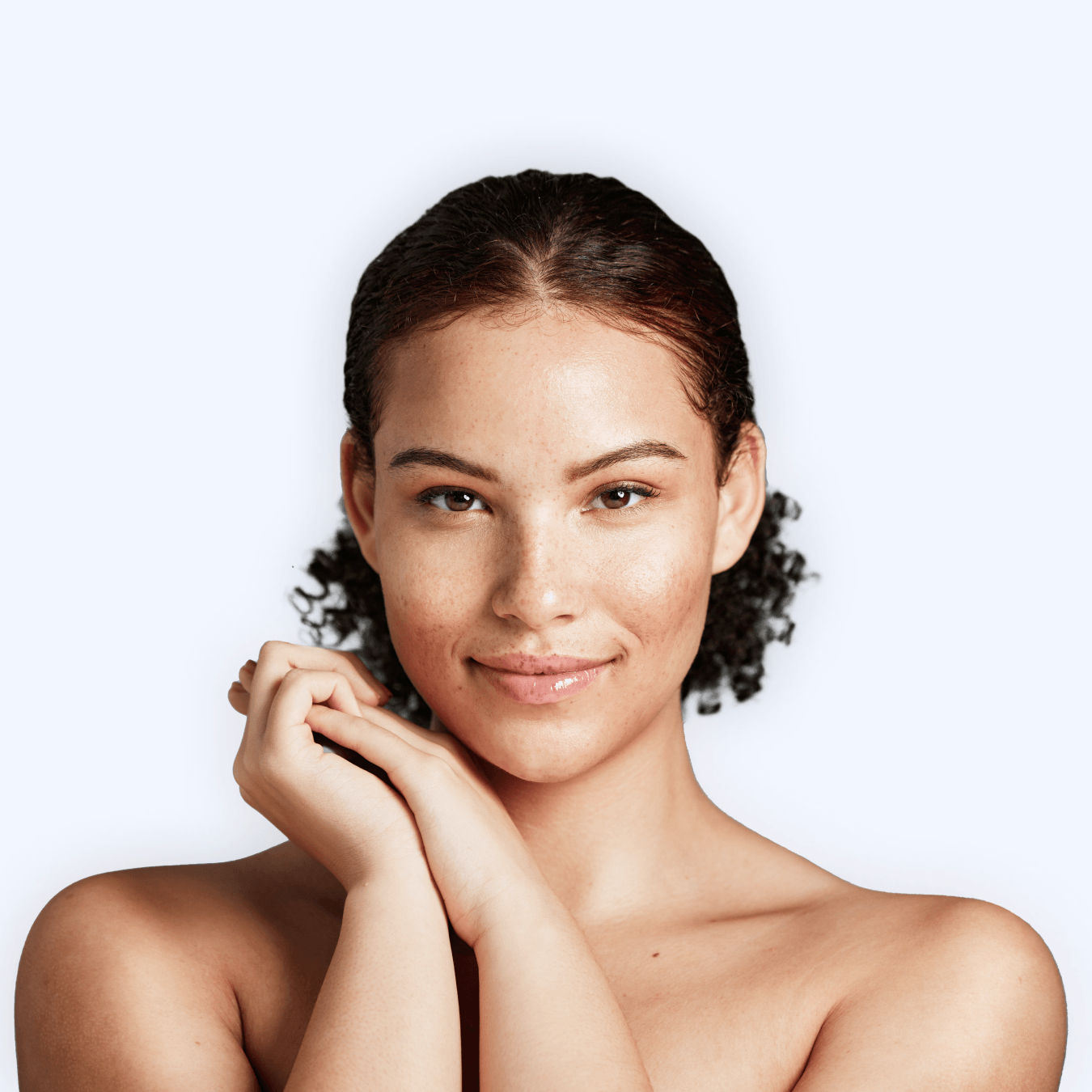
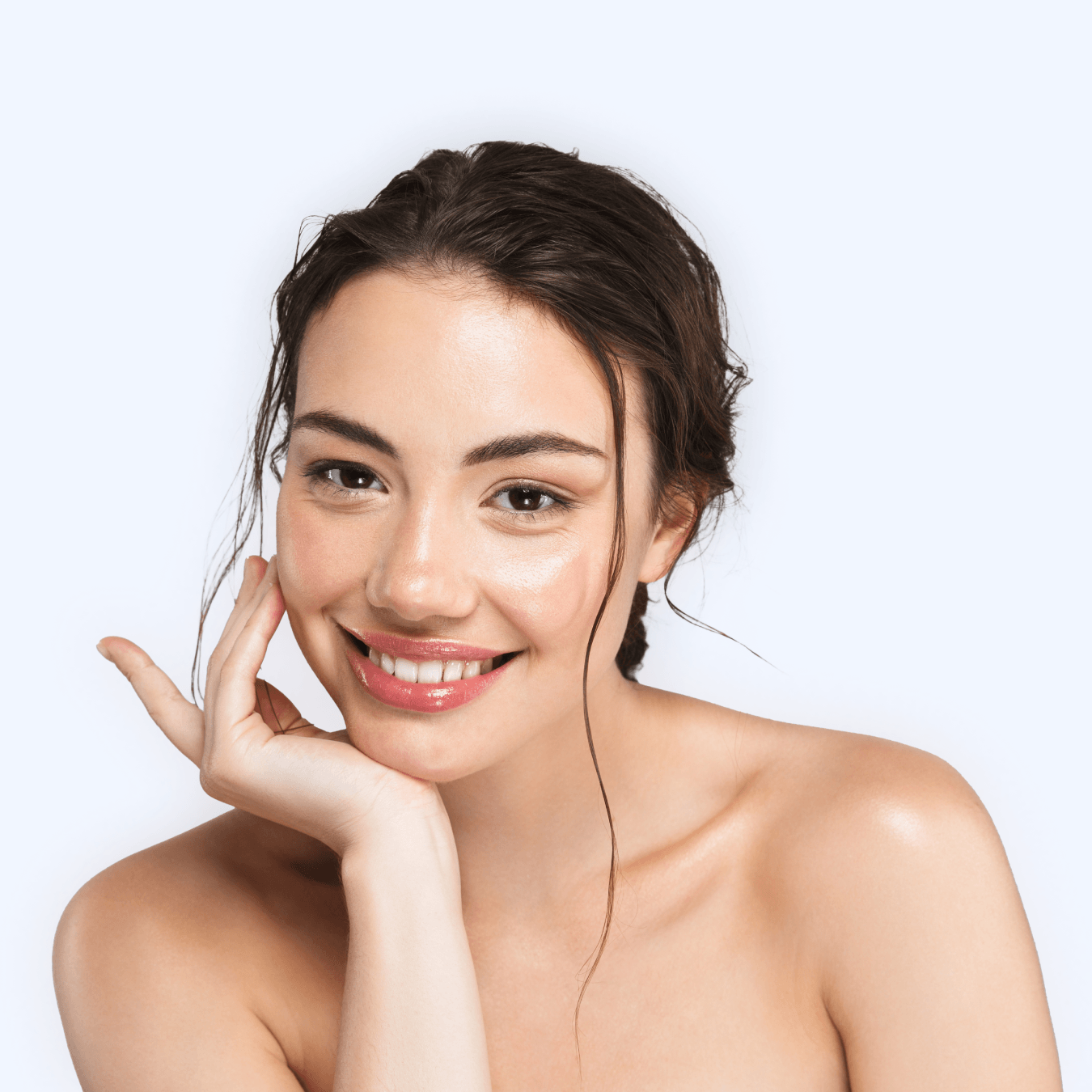
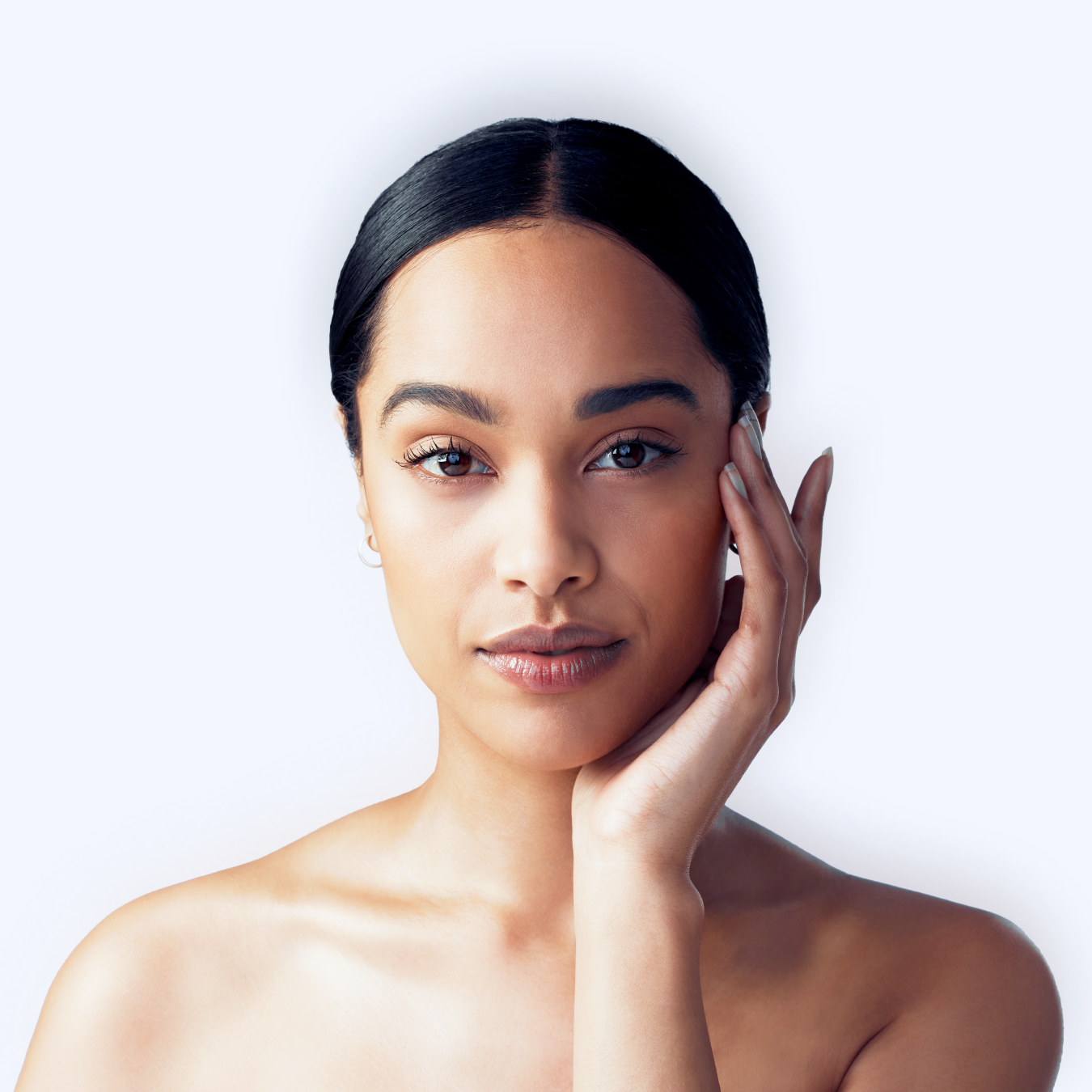
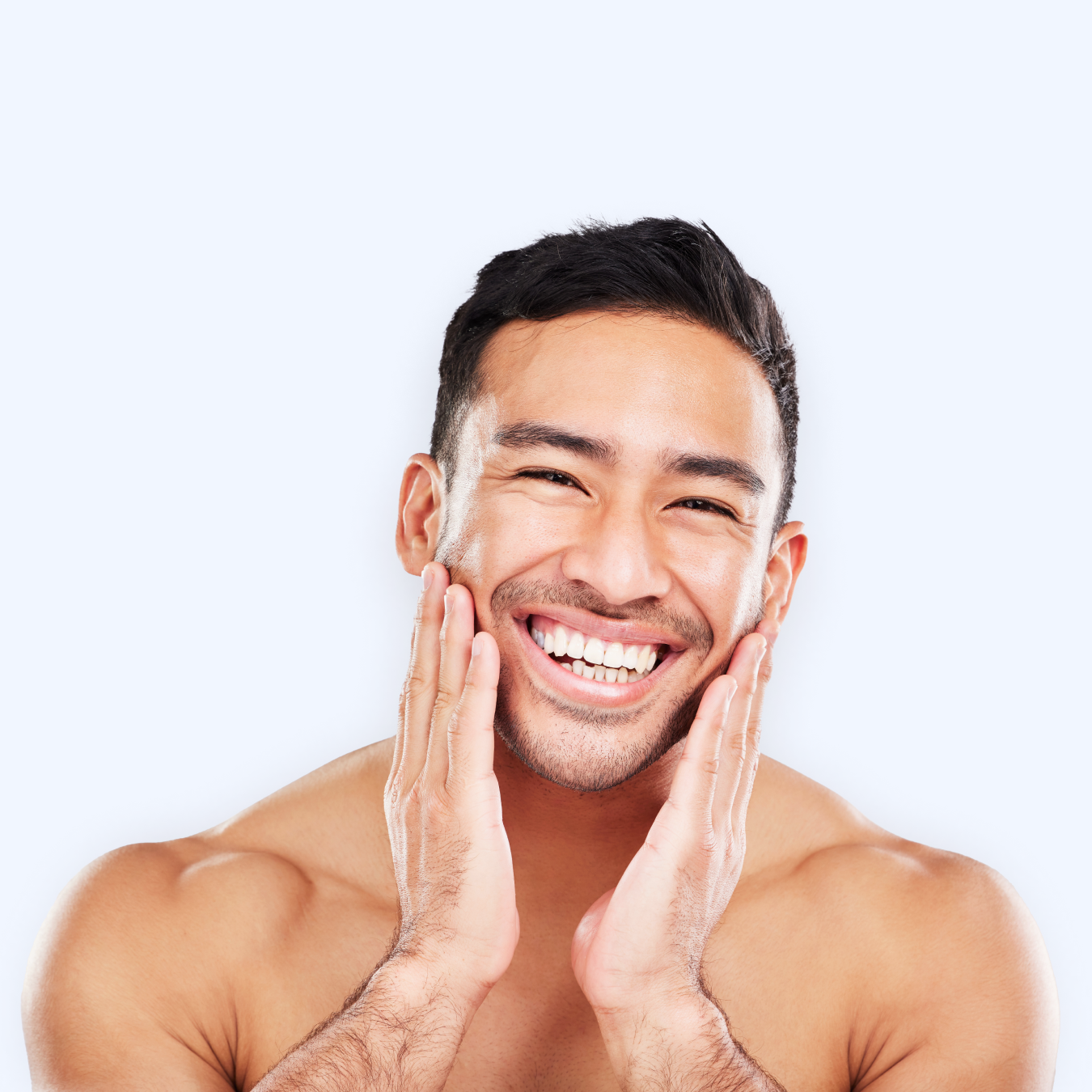

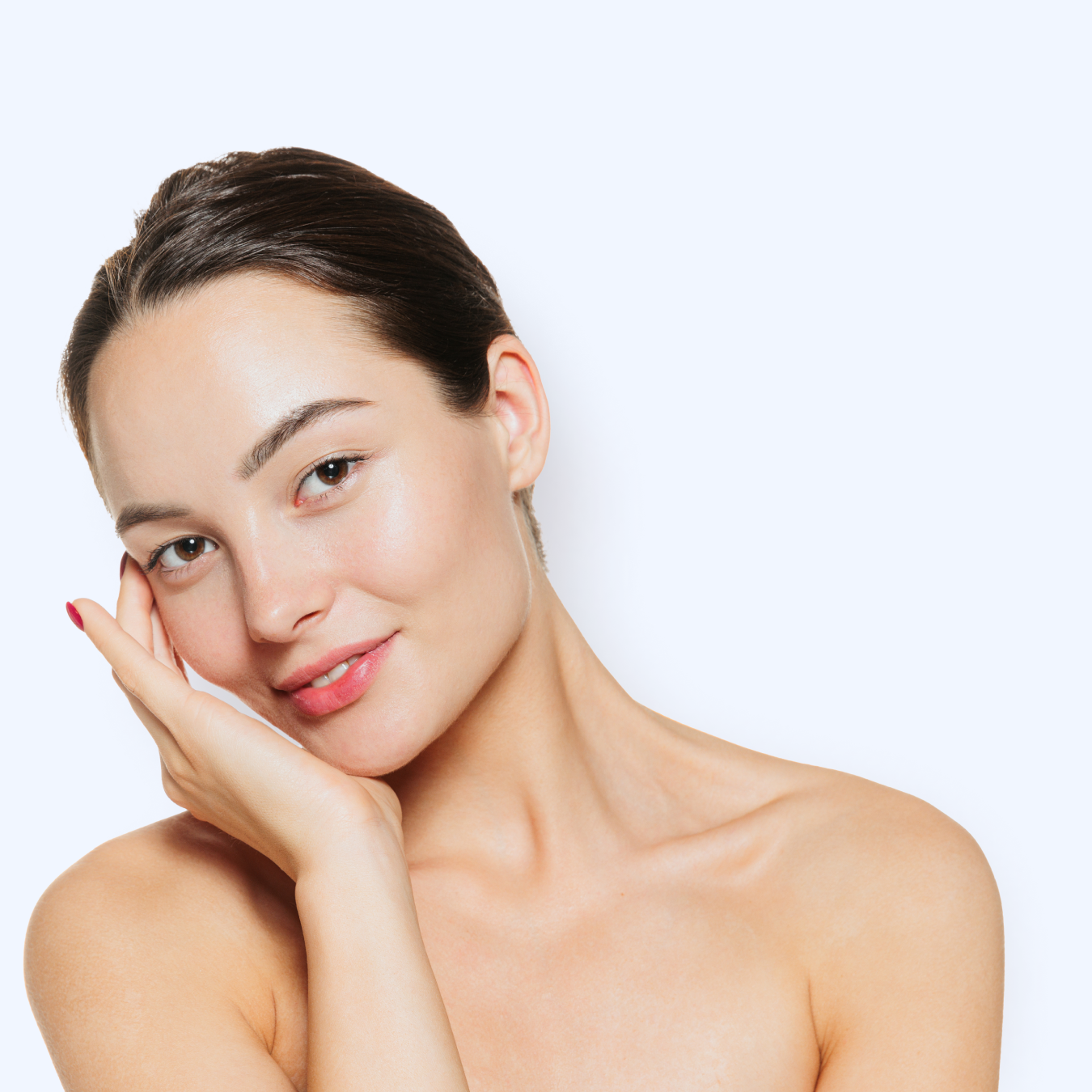
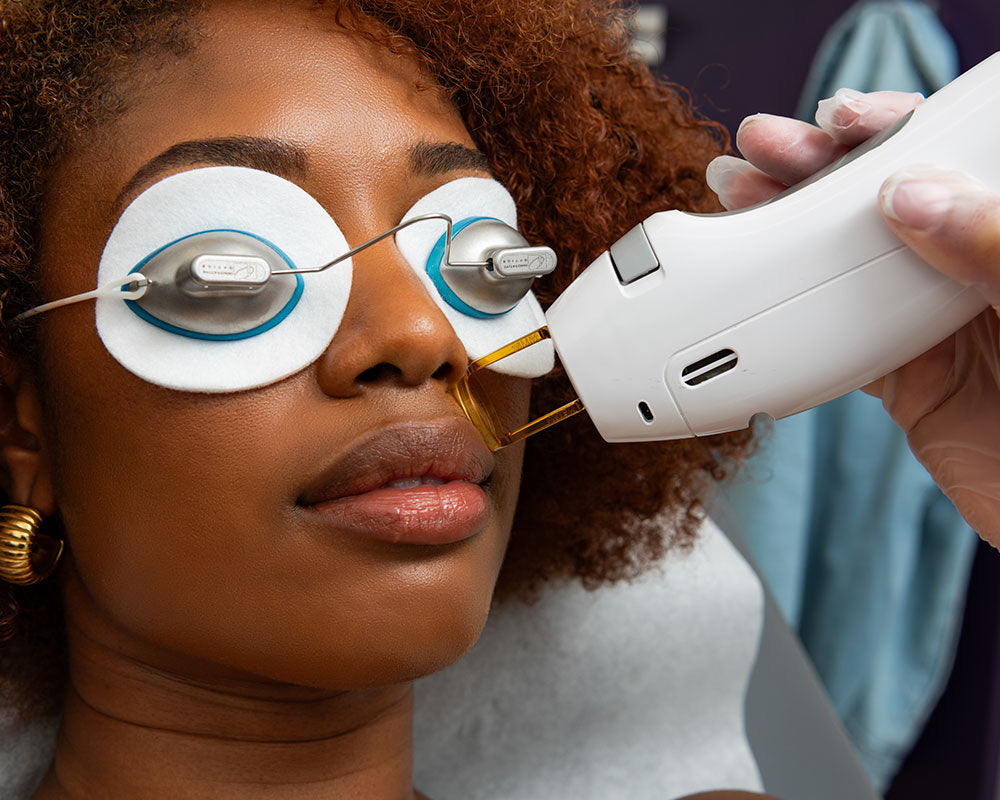
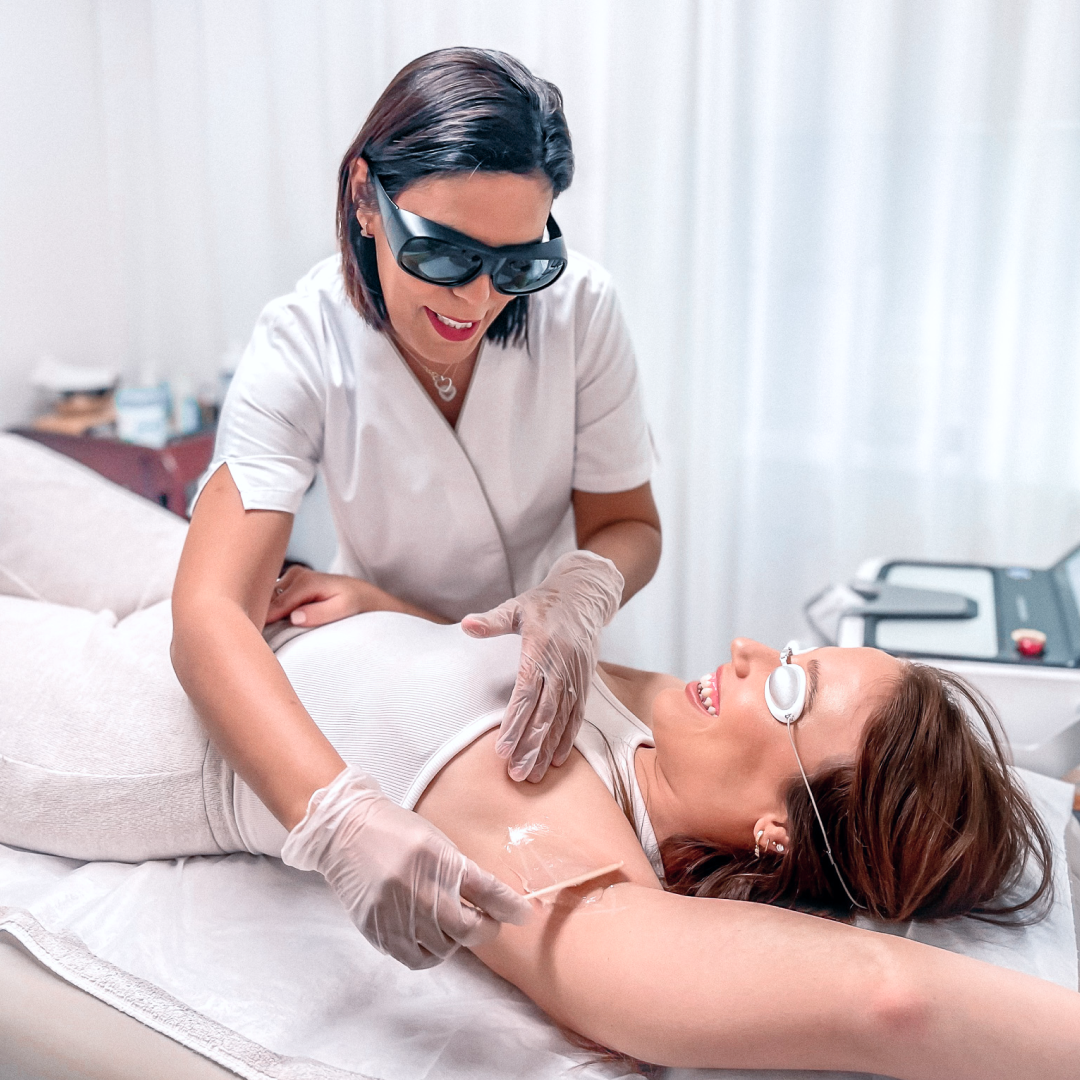
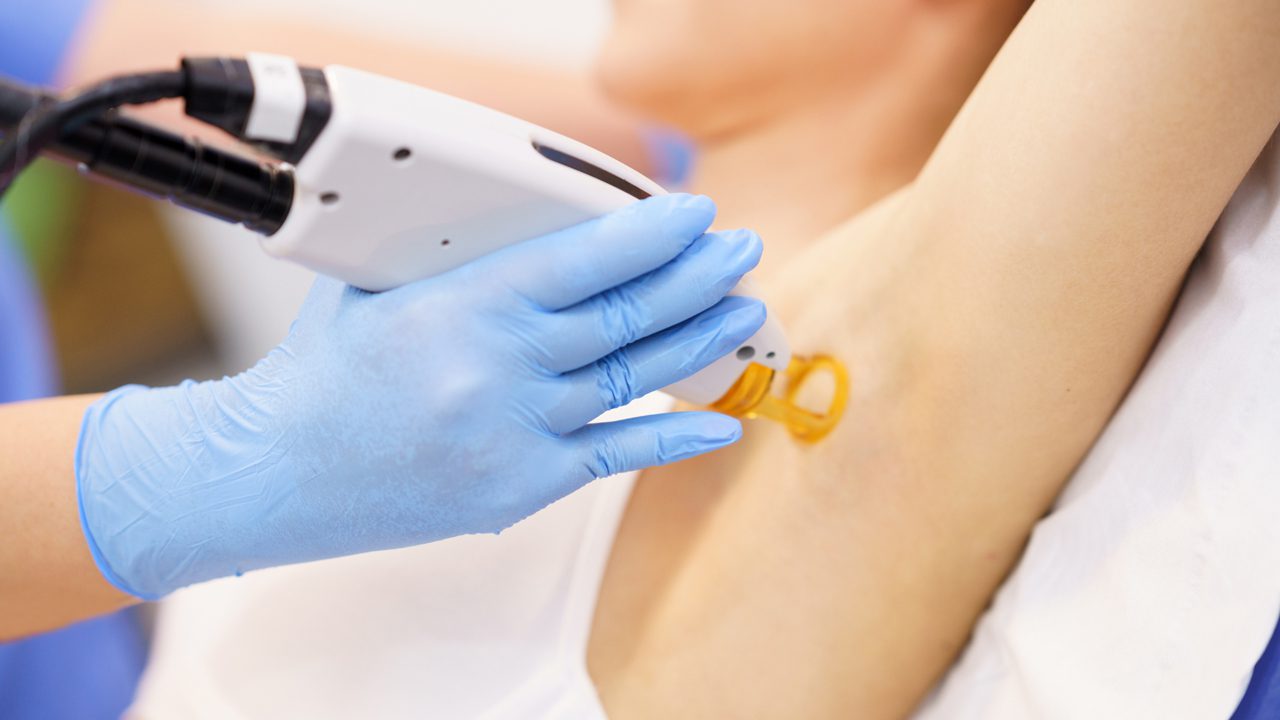
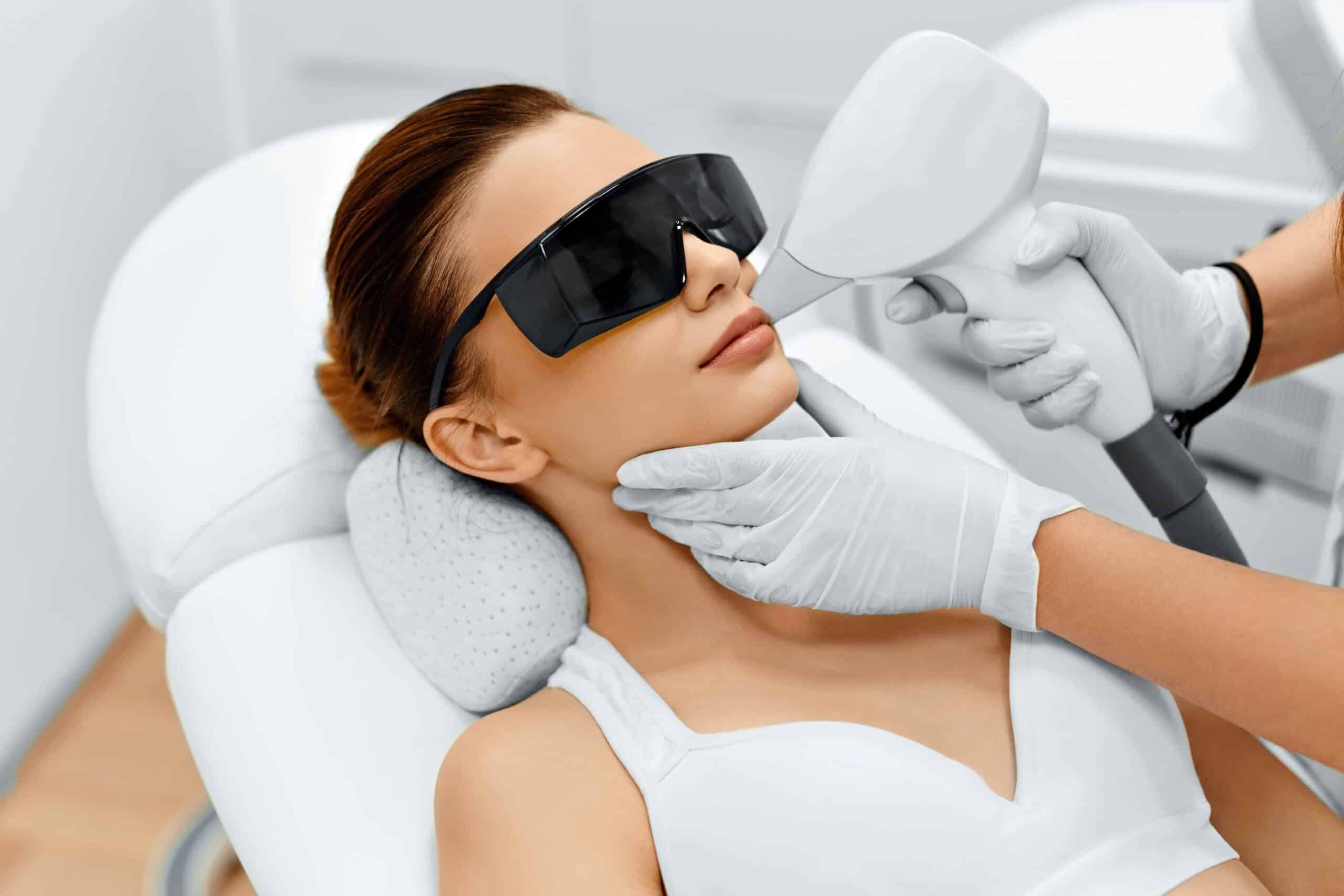
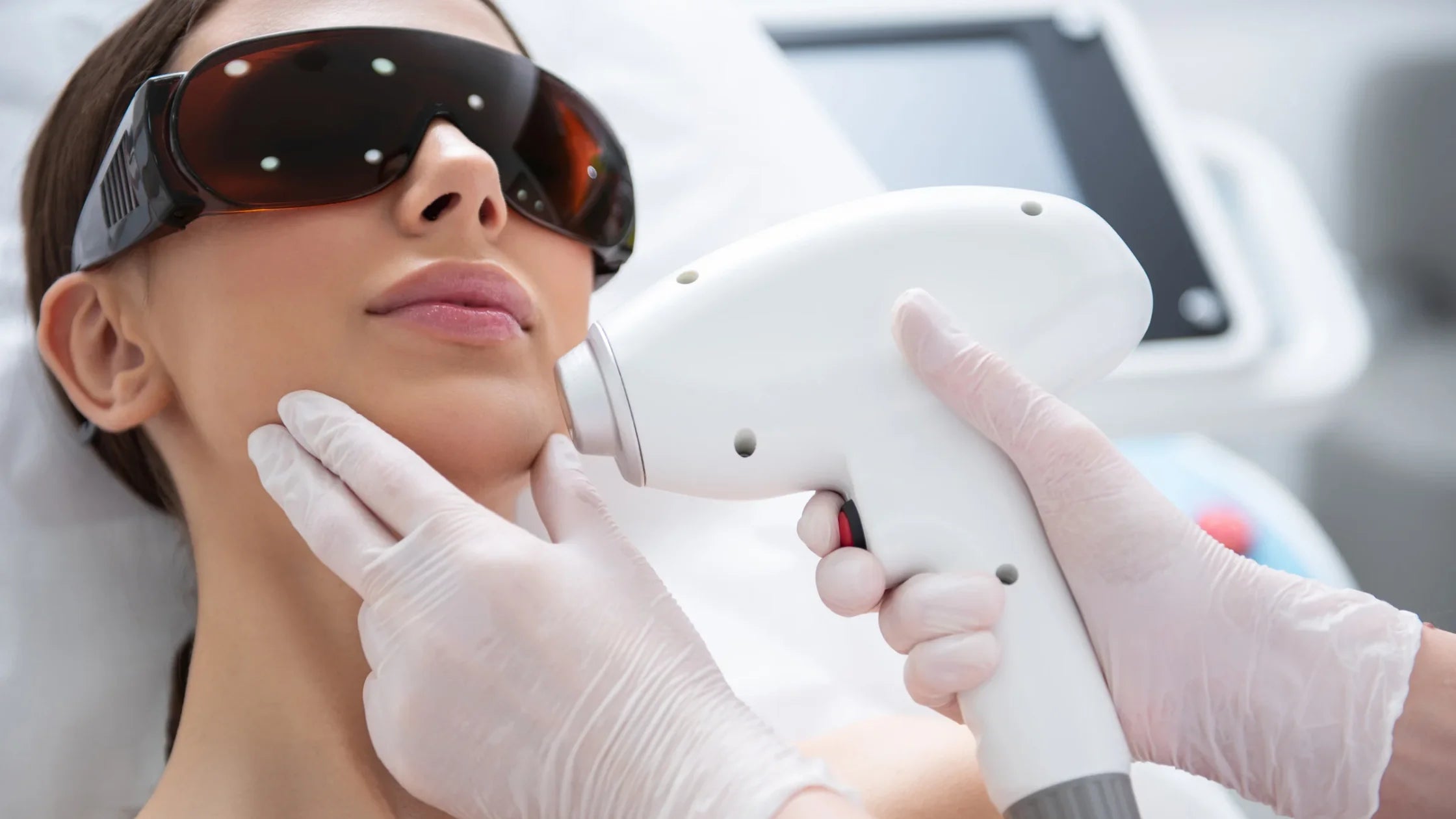
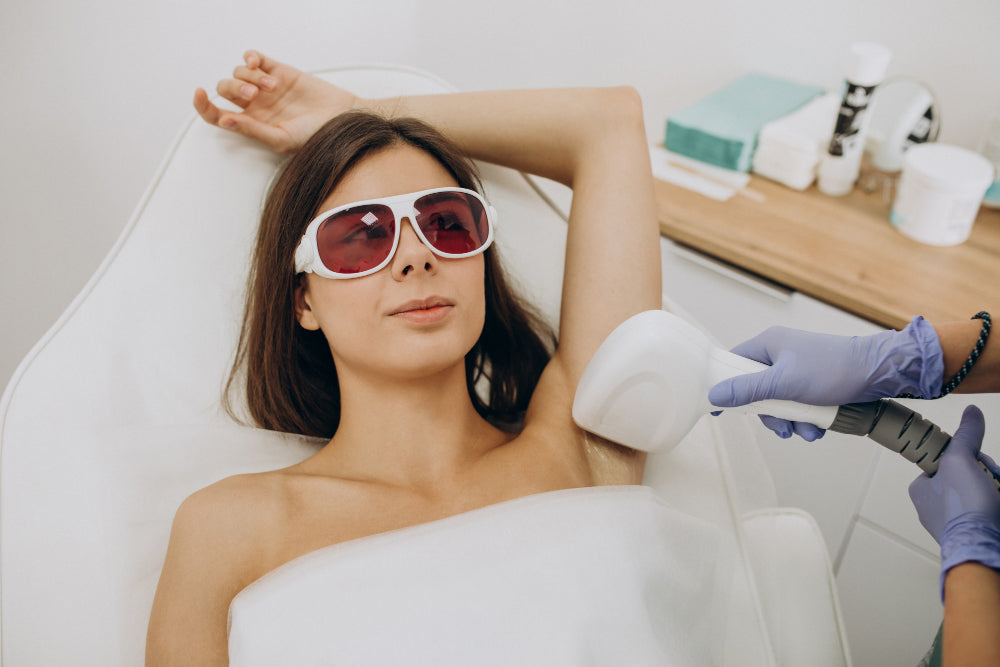
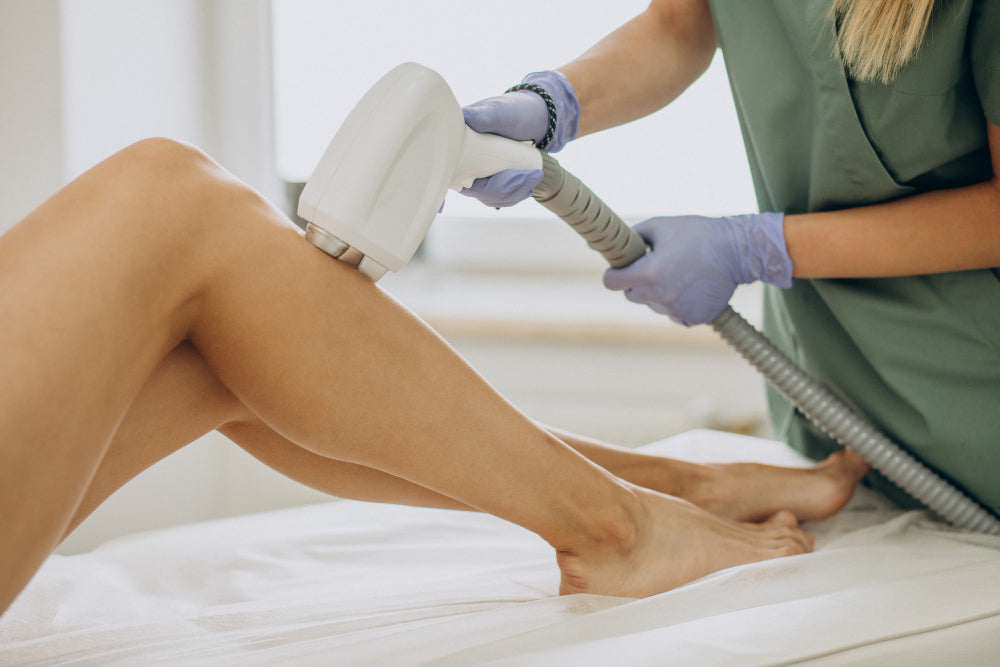
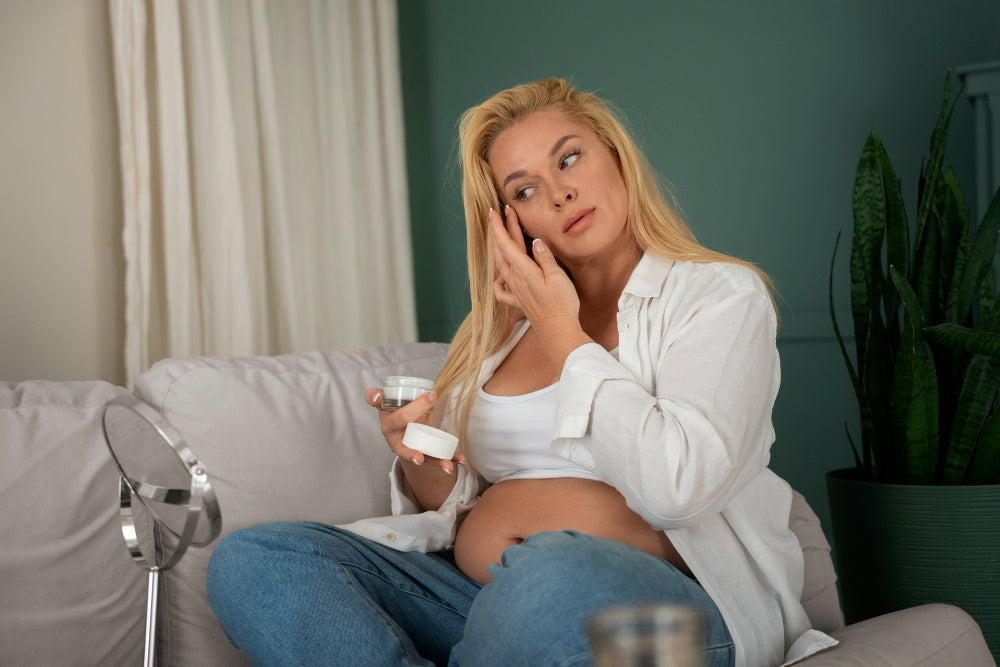
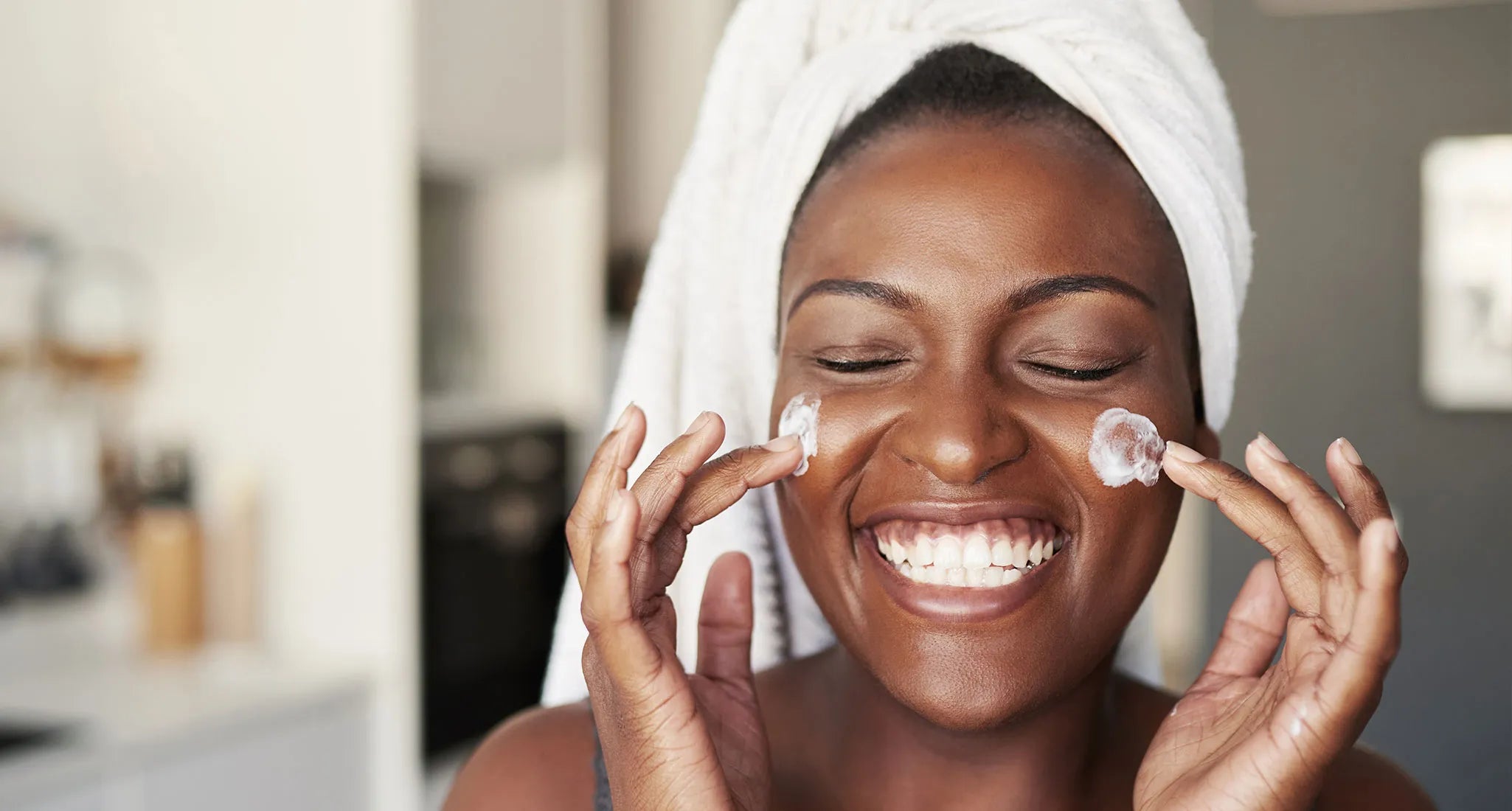
Share: